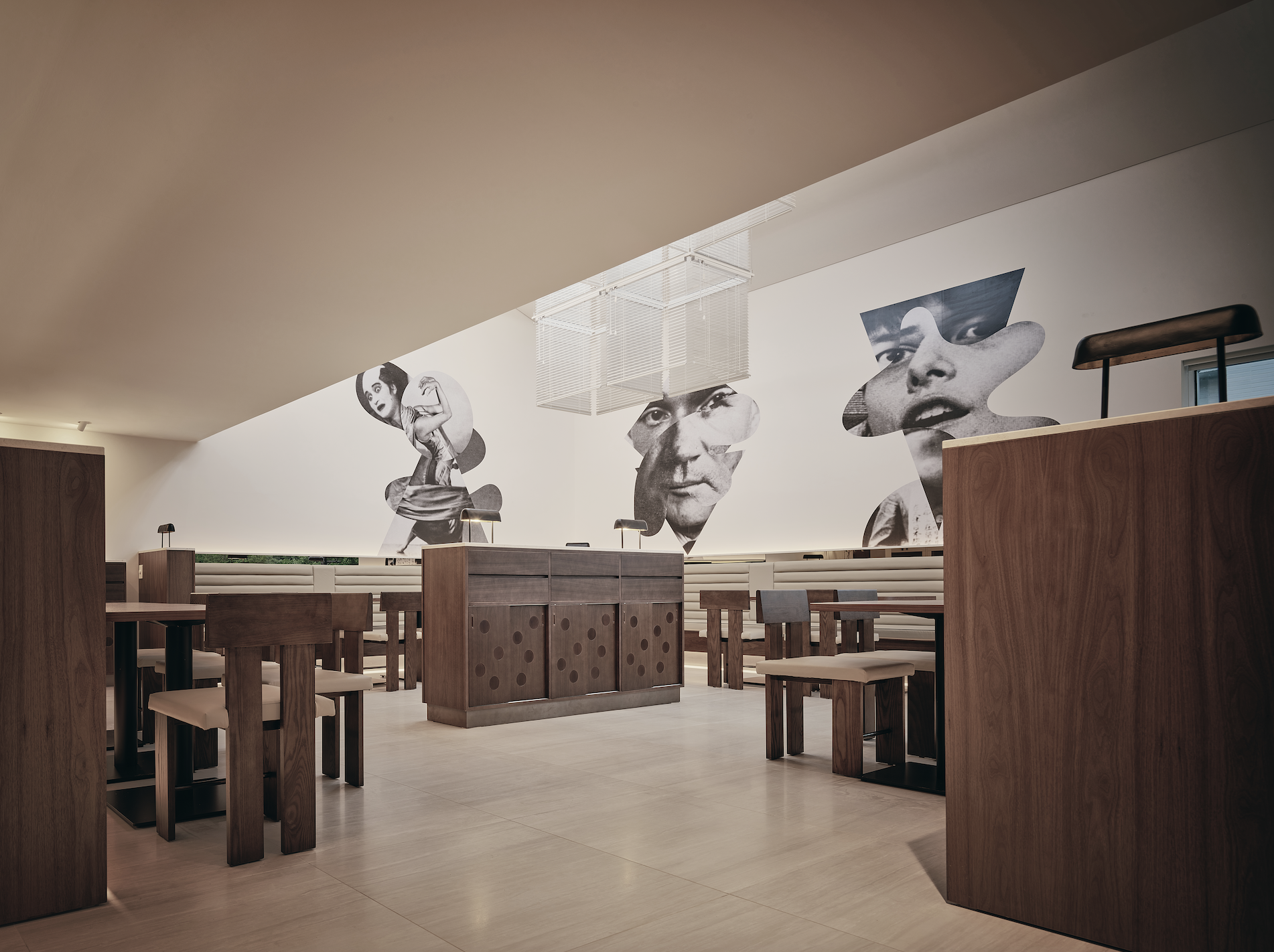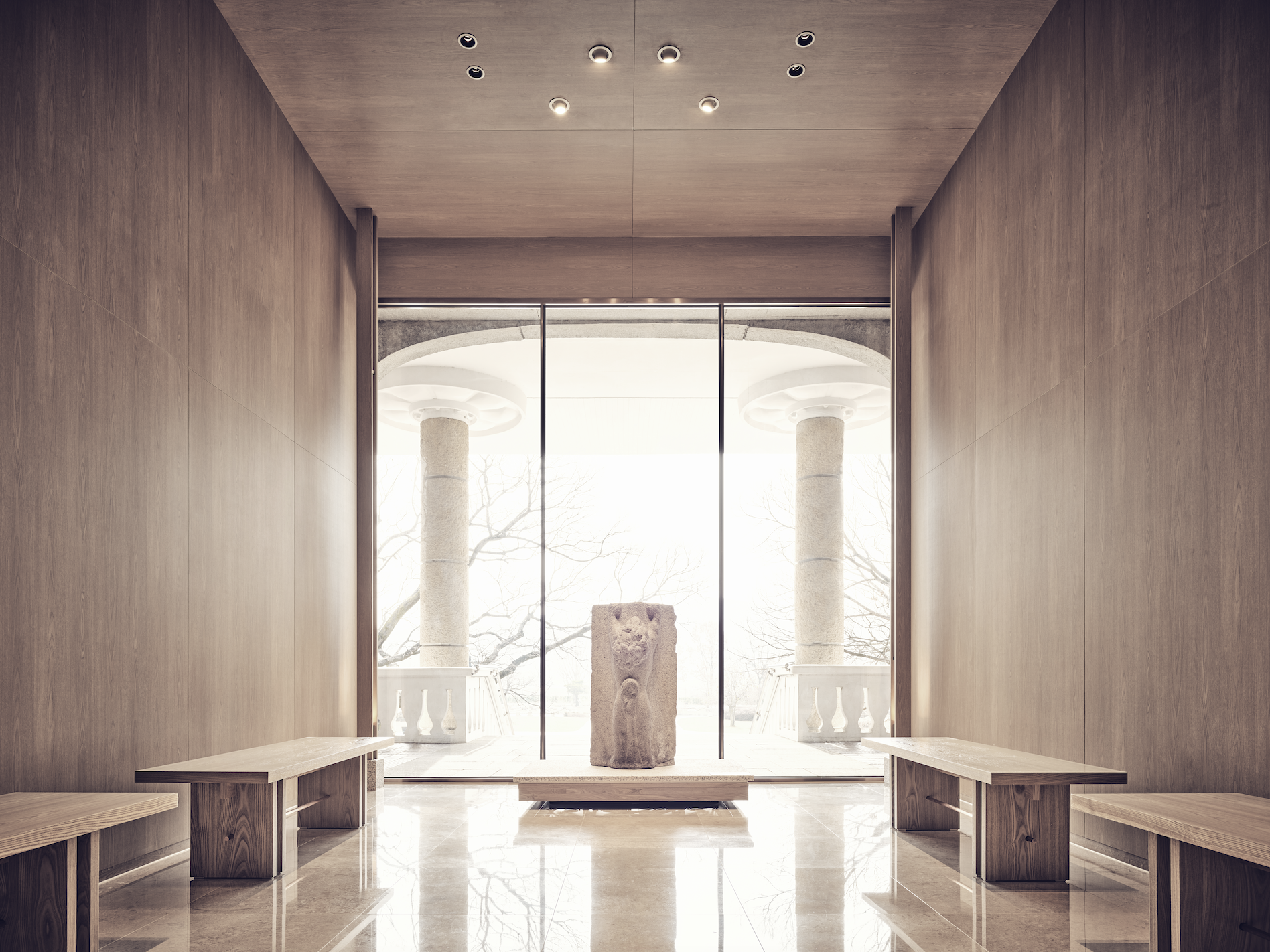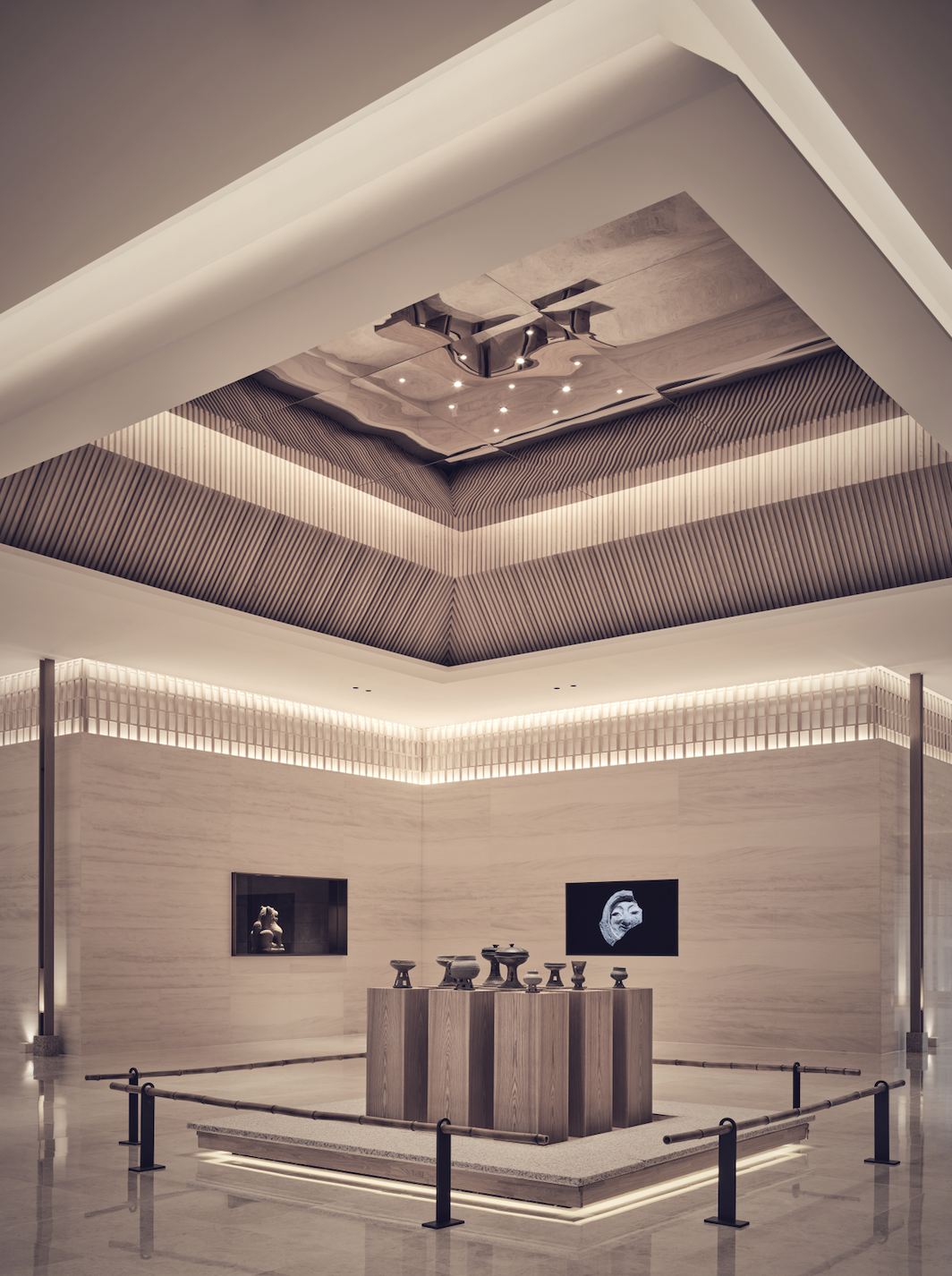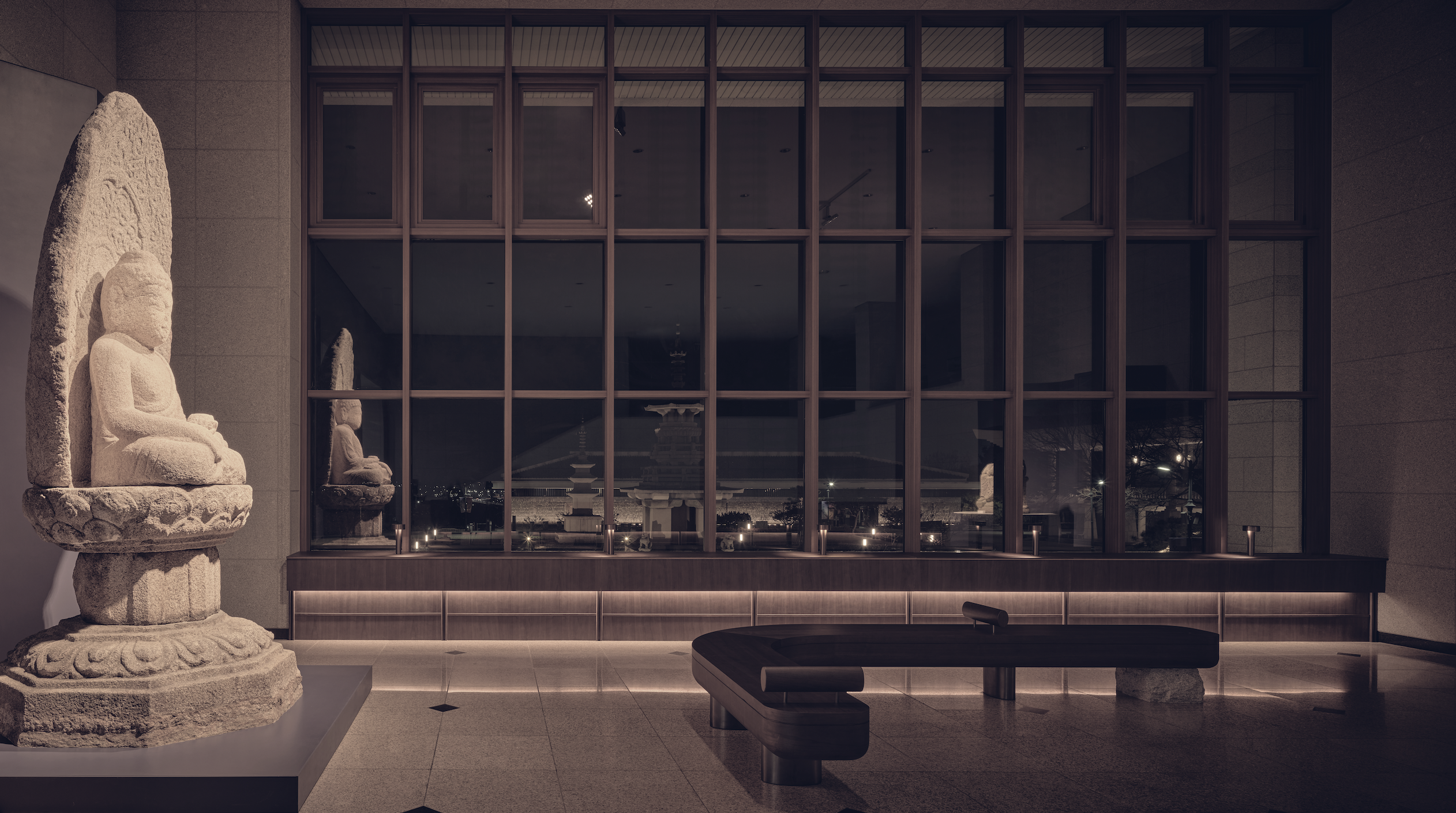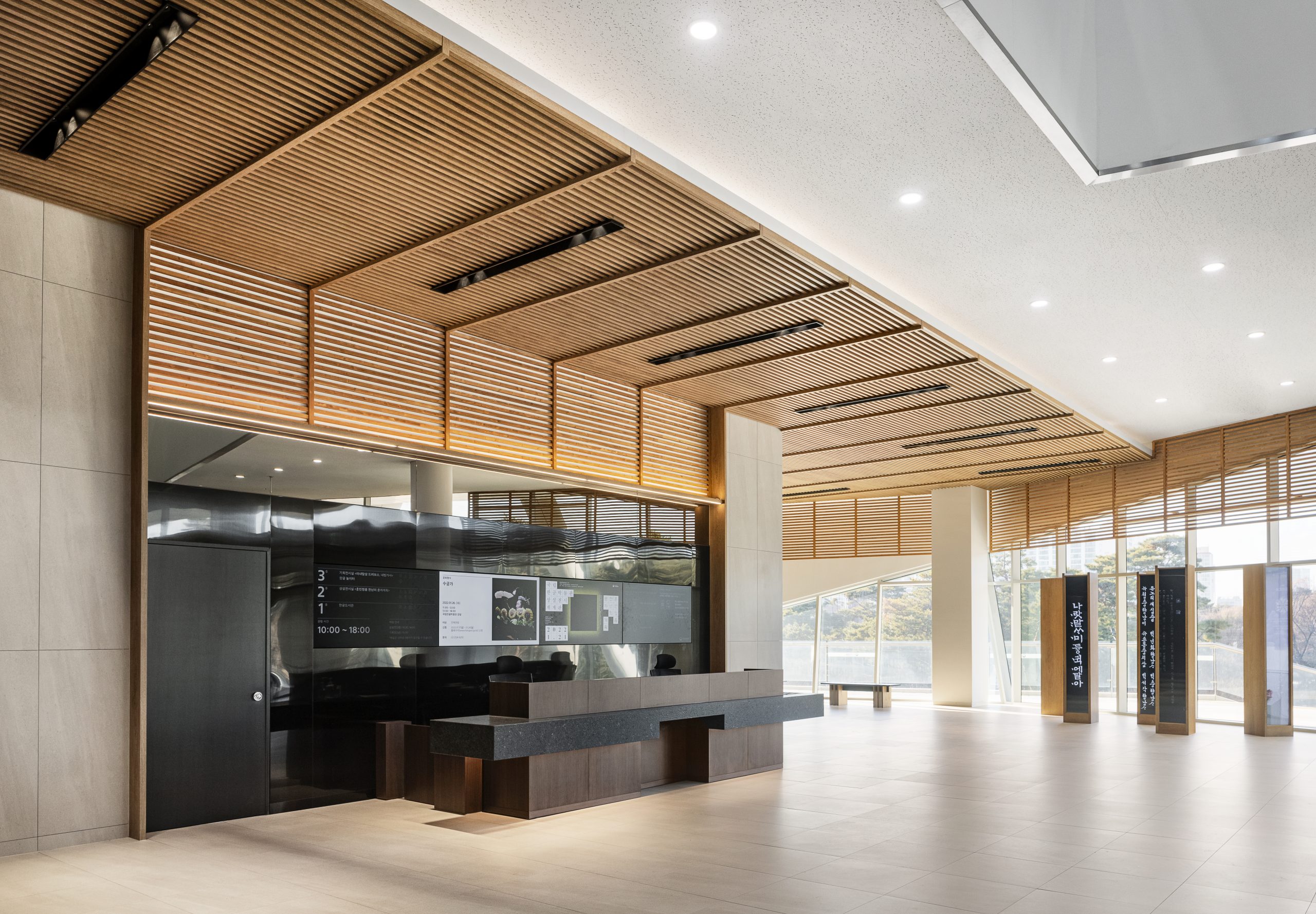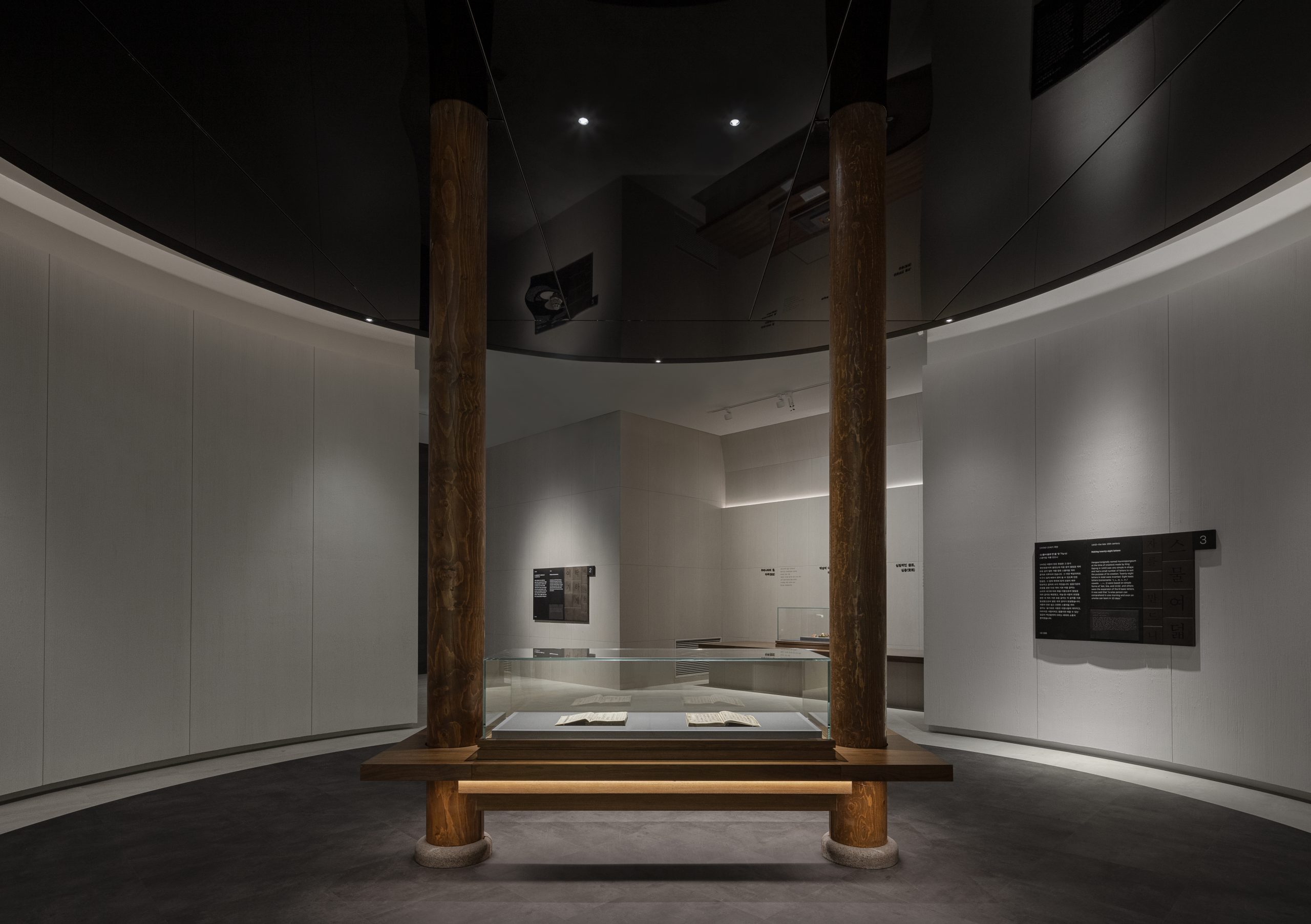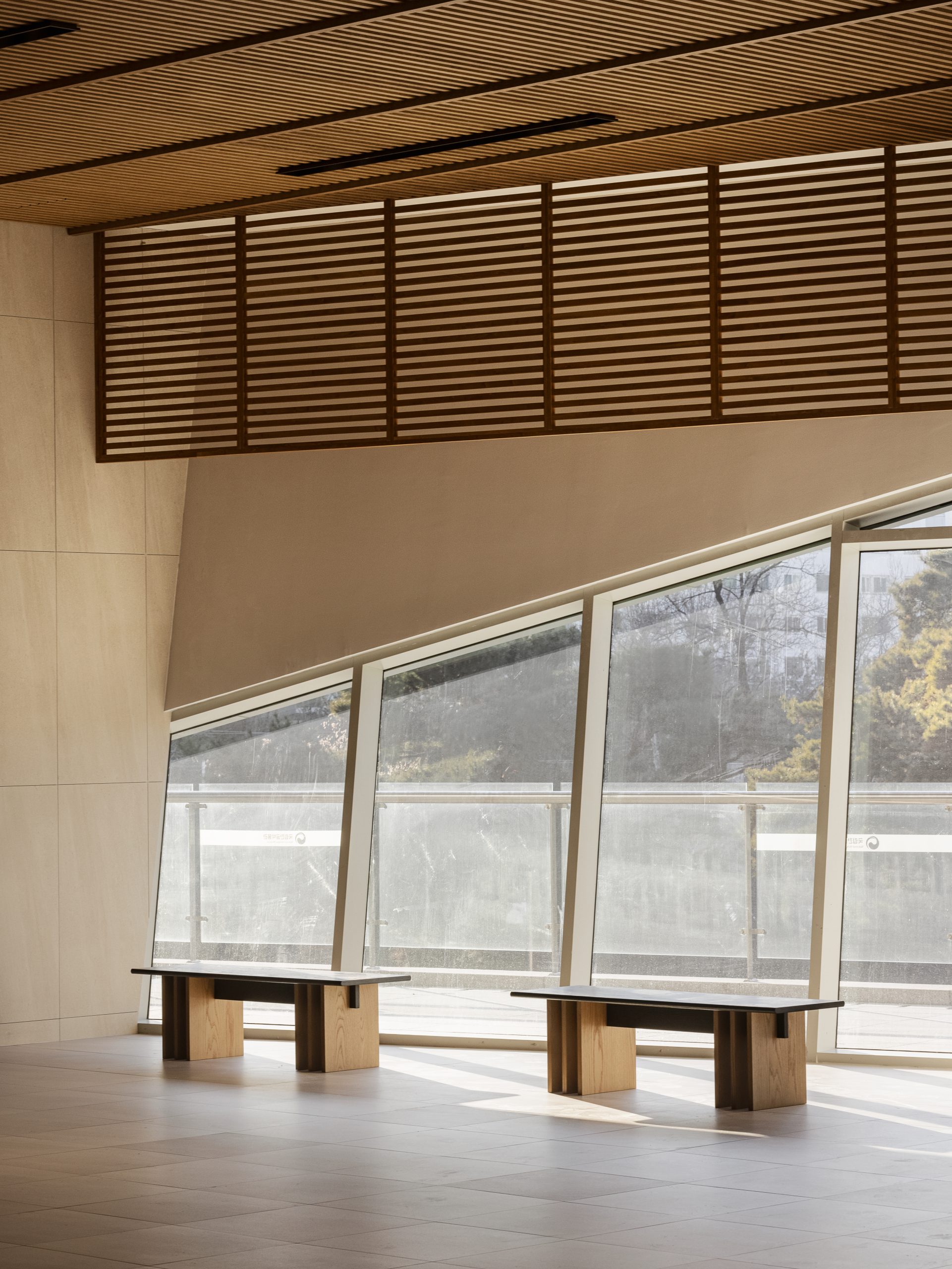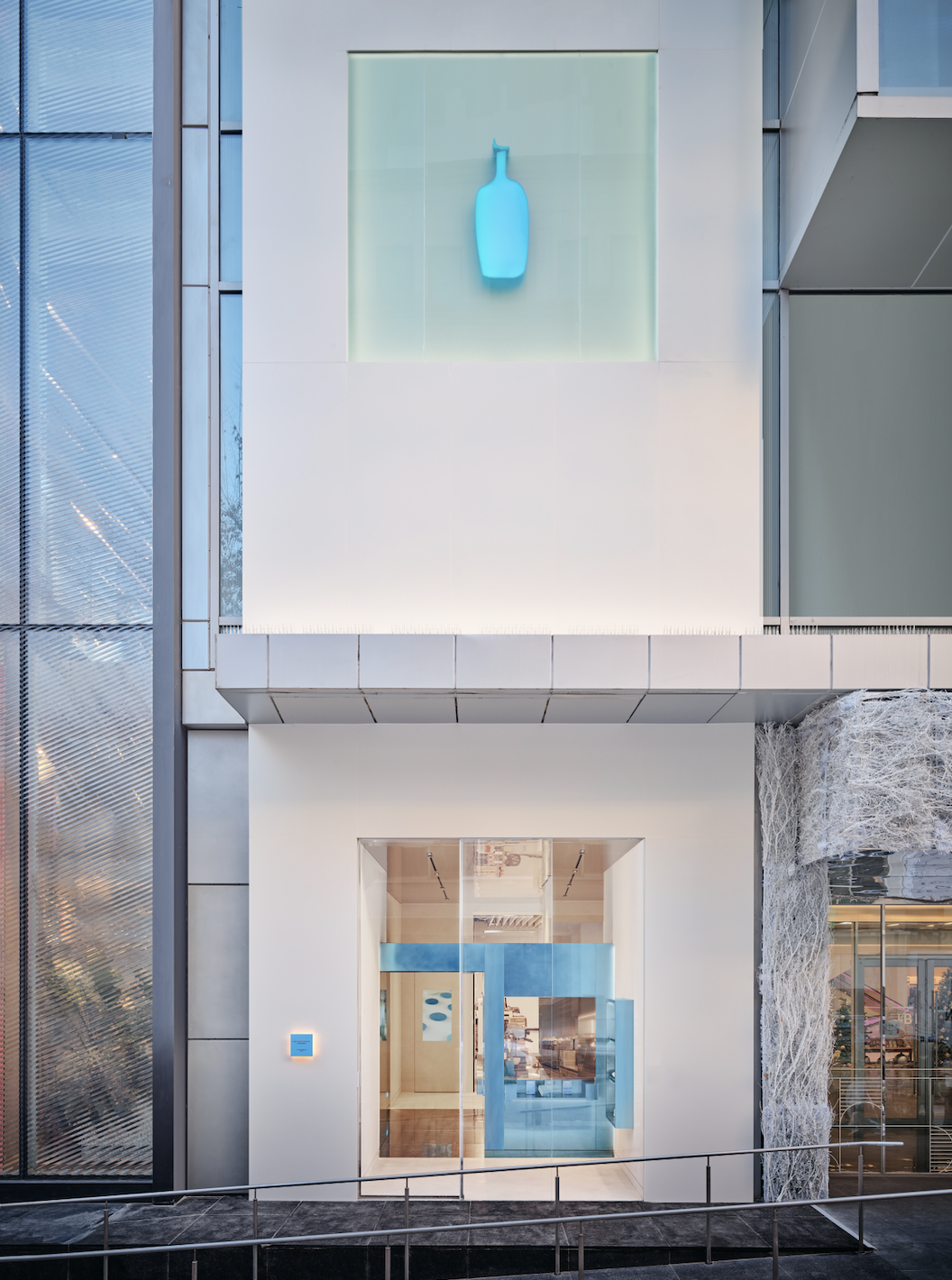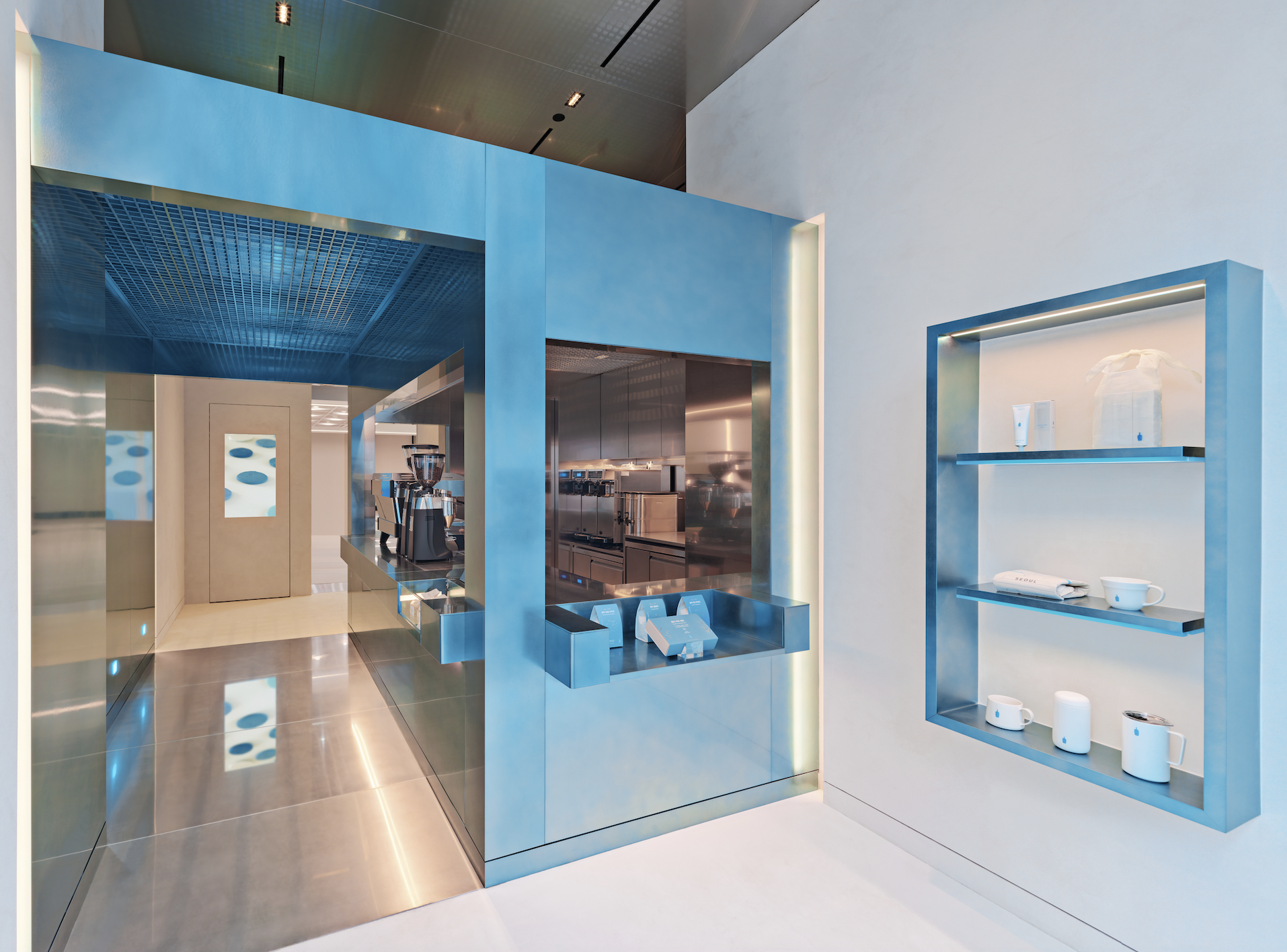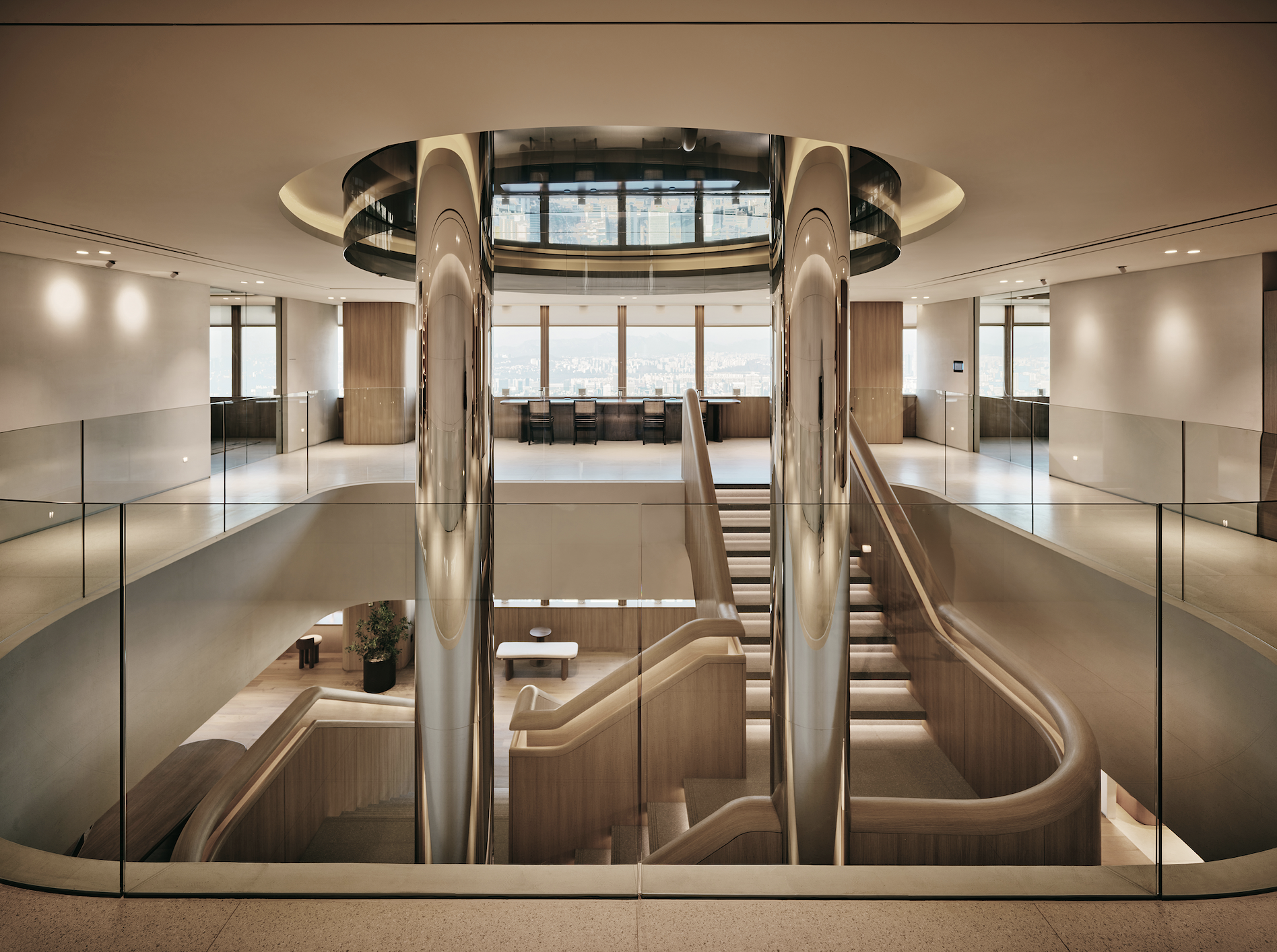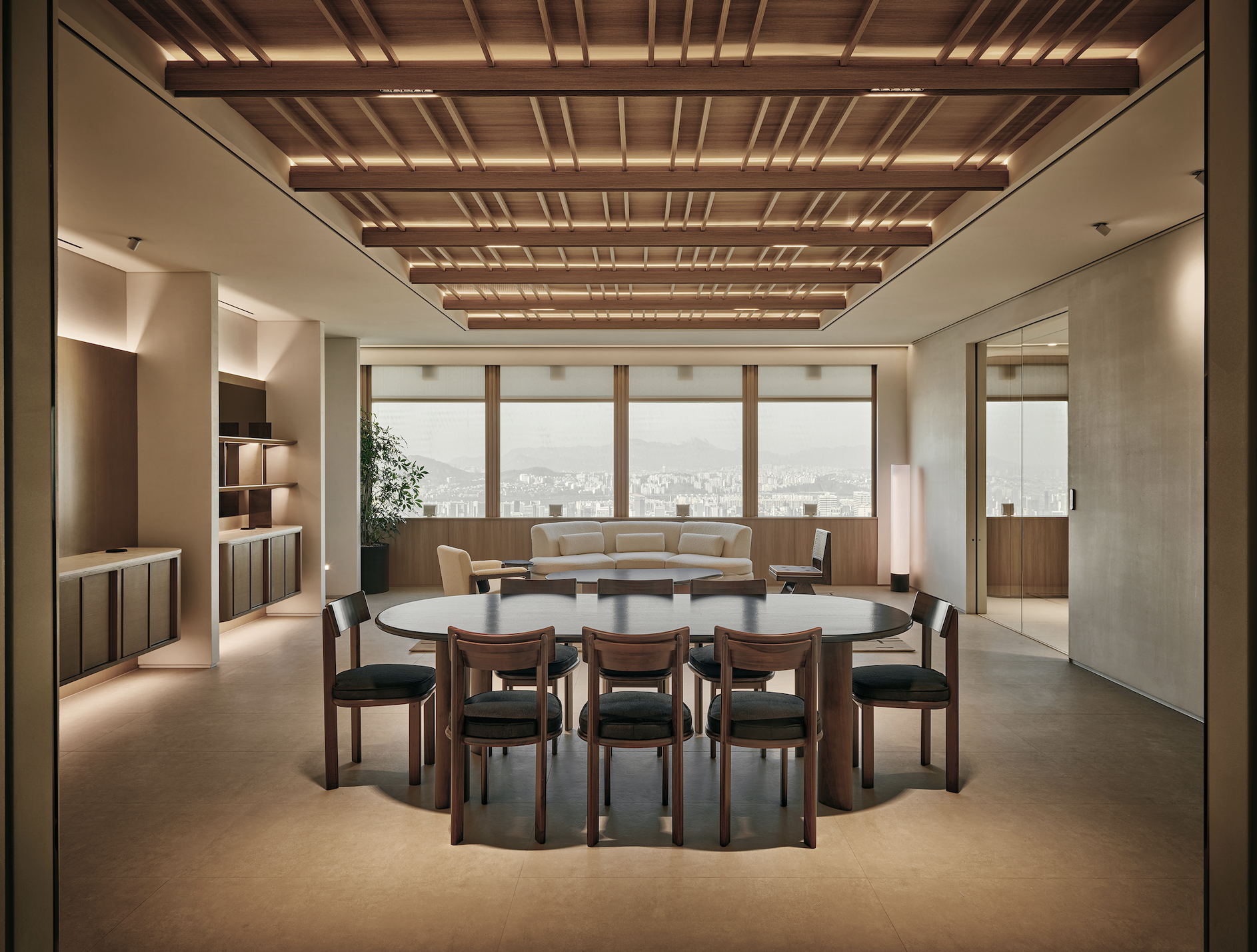Teo Yang is the founder of Seoul-based Teo Yang Studio, known for designing commercial and high-end residential projects that interchange traditional and modern designs. After obtaining an undergraduate degree in interior architecture from the School of the Art Institute in Chicago and a graduate degree from the Art Center College of Design in Pasadena, and having worked in various parts of Europe, Teo Yang returned to Seoul to start his home studio. Having worked on many iconic landmarks in South Korea, and widely pursued by international luxury brands for creative collaborations, Teo Yang is the leader of Korea’s next-generation designers, with many awards and accolades under his name. A multi-faceted designer and creative at heart, Teo Yang has also launched a furniture brand and a skincare line. Asia Designers Directory connects with Teo Yang to learn about his views on design and how he makes history relevant in a fast-evolving and modern world.
In 2009, you moved back to Seoul after spending many years studying and working abroad. How have your years abroad enriched your designs?
My overseas stints have certainly enriched my professional career. I travelled extensively across continents, having studied in the US for years before going on to accumulate work experience in Amsterdam and Berlin. These opportunities offer me a global perspective that continues to influence my work today.
Design is not just about creating a beautiful space and a compelling brand, but syncing elements to create emotional connections and multisensory experiences. Travelling enables me to connect with many people and places. These experiences, coupled with extensive reading and research, broaden my horizon and add to my assets as a designer, enabling me to deliver greater meaning and impact to my clients and the public.
Today, I take travelling very seriously. Even though I feel intimidated at times when I have to leave my comfort zone, I find it important to visit new places to immerse myself in different environments and cultures. As a designer, I find myself viewing each space as the outcome of a thinking process. I find myself mulling over ways a designer solves problems and addresses social issues through his or her work. These solutions inspire me and spur me to pursue newer designs.
- Kukje Gallery, The Restaurant and Wellness K, Seoul, South Korea
- Kukje Gallery, The Restaurant and Wellness K, Seoul, South Korea
- Kukje Gallery, The Restaurant and Wellness K, Seoul, South Korea
Your works are known to interchange traditional with contemporary designs. What is your design ethos and why is it important for you to preserve tradition?
I want to be a part of history. Through my works, I want people to be acquainted with the past, as well as the present. Instead of approaching projects with the intent of winning competitions and outshining others, I find it more worthwhile preserving history and understanding our present needs as we navigate a better future through our creations today.
To achieve this, design narratives are very important. An important question that I tend to ask is “Are we creating something that paves the way for a better future?” Many designers seek innovation. Beyond creating something different and visually striking, innovation, in my opinion, is when we acknowledge the past and successfully bridge tradition in a modern setting so that future generations can continue to benefit from age-old wisdom amassed over time.
This is why our studio’s manifesto is “Translating tradition and local heritage for the modern world”. We carry out extensive research not only into the history of Korean traditions and heritage, but also into the history of architecture, design and crafts at large. This ensures that the projects we undertake are aligned with our narrative of embracing history, yet bringing meaning to future generations at the same time.
We also believe that designs are tools that solve problems in beautiful ways. Through our designs, we set out to resolve problems to create something better. For instance, the Gyeongju National Museum, combining Korean heritage and minimalist architecture, becomes the new cornerstone for museum designs in South Korea. We wanted to elevate the museum into a cultural resting ground where the public can learn about centuries-old artifacts in an inspired setting. Transforming this museum into an open and hospitable space truly changes the public’s perception of a museum. Following this successful facelift, we have been commissioned by many museums in the country. With each makeover, we deliberate on elements such as the museum, its site, surrounding nature and the weather, introducing artifacts, motifs and strategic lighting to create calibrated interiors that prioritise emotional connections.
While working on public projects like the Gyeongju National Museum gives us the opportunity to forge more connections and impact more people, private residential projects are also assets that are deserving of our time and effort, to be preserved and handed down to future generations.
- Gyeongju National Museum, Seoul, South Korea
- Gyeongju National Museum, Seoul, South Korea
- Gyeongju National Museum, Seoul, South Korea
- Gyeongju National Museum, Seoul, South Korea
- National Hangeul Museum, Seoul, South Korea
- National Hangeul Museum, Seoul, South Korea
- National Hangeul Museum, Seoul, South Korea
You have collaborated with esteemed global brands. Can you tell us about some of these partnerships and what are your takeaways from these collaborations?
I truly enjoy collaborating with global brands because they provide us with a larger platform to deliver narratives to a wider audience. For instance, through the Fendi Peekaboo Bag for Design Miami, we spotlight how Korean women of the past were portrayed by men in a certain way, as propaganda to reinforce the societal view that women were accessories and child-bearing tools. Clearly, designs have to be beautiful so that people would want to engage with them. But they can also put forth important messages. Not only did we design a beautiful bag for Fendi, we launched a book to educate people on Korea’s past and bring awareness to societal issues. We hope that people can look beyond our designs and read our narratives. Through such collaborations, we can shed insight into social issues that have been sidelined or forgotten.
- Fendi Peekaboo Bag
In our partnership with Blue Bottle Coffee, we broke away from traditional shopfront settings with merchandise-filled display windows to play down the notion of consumerism. Instead, we focused on narrating the brand and creating an atypical experience with a minimal shopfront and a small blue house within the store.
- Blue Bottle Coffee, Seoul, South Korea
- Blue Bottle Coffee, Seoul, South Korea
- Blue Bottle Coffee, Seoul, South Korea
Living in the historic Bukchon neighbourhood in Seoul, I witness old buildings and trees make way for new cosmetic or fashion apparel stores. I find this very regretful – it reinforces my desire to preserve heritage and discourage overconsumption. Through these efforts, I ambition to make an impact on my neighbourhood, Seoul and even beyond.
You are an art enthusiast and collector. What draws you to different artwork and how do you select artwork for a space?
I am very interested in art as well as the artist behind an artwork. Many artists come up with provocative and socially-responsible pieces that truly earn my respect and admiration for them. I like to read about their artwork as it offers me a glimpse into their world and their perception of things. Their artwork can also reveal their emotions and struggles.
When choosing an artwork, I like to read up about the artist first. Of course, the artwork must also be visually appealing. I am not inclined towards vibrant colours – I feel like I am still discovering shadows and light, intrigued by black, white and grey gradations. But more importantly, I am drawn to the meaning behind an artwork.
In the course of my work, art serves as an important instrument to convey my narratives. For instance, an Ufan Lee artwork hangs strategically as a centrepiece in our studio’s meeting room. The artwork depicts the relationship between the artwork and the space, the relationship between man-made structures and nature, as well as the interconnection between the canvas, the artist and the viewer. This artwork is a constant reminder of our relationship with our clients and the site, as well as the importance of delivering value through our creations. When we embark on new projects and meet with clients in the studio, we tend to highlight this standout artwork to bring awareness to this interconnectedness.
Naturally, art serves as a huge inspiration to me. I thrive to work like an artist – to be analytical, sharp and perceptive all at once.
- GS Energy HQ, Seoul, South Korea
- GS Energy HQ, Seoul, South Korea
What can we expect from your upcoming projects?
We have seven projects in the pipeline, comprising both public and private residential, that will be unveiled this year. I will also be collaborating with Chanel on an exhibition, alongside various Korean artisans. In addition, I will be in charge of Seoul Beauty Week for the second consecutive year. While, past events focused on cosmetic surgery and skincare, we have since transformed the event by placing more emphasis on inner beauty and wellness beauty to help people perceive beauty more holistically. This is in line with how I hope to positively impact others.

